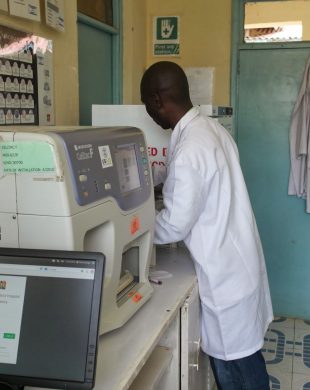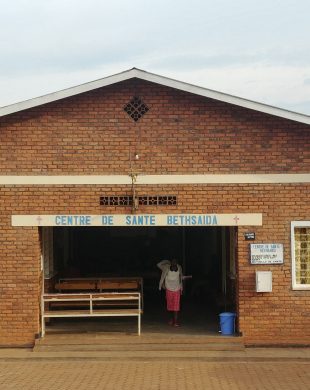This specification documents the OpenHIE Architecture components and the requirements for each OpenHIE component. In addition, the specification documents the OpenHIE workflows (data exchanges) and the underlying standards that support the workflows.
This is a living document created by the OpenHIE Community and based upon real-world implementations and needs. You are encouraged to provide comments, proposed edits, and other suggestions for future versions on our Discourse forum site. If you have questions or need help unrelated to this guide, please contact us.










